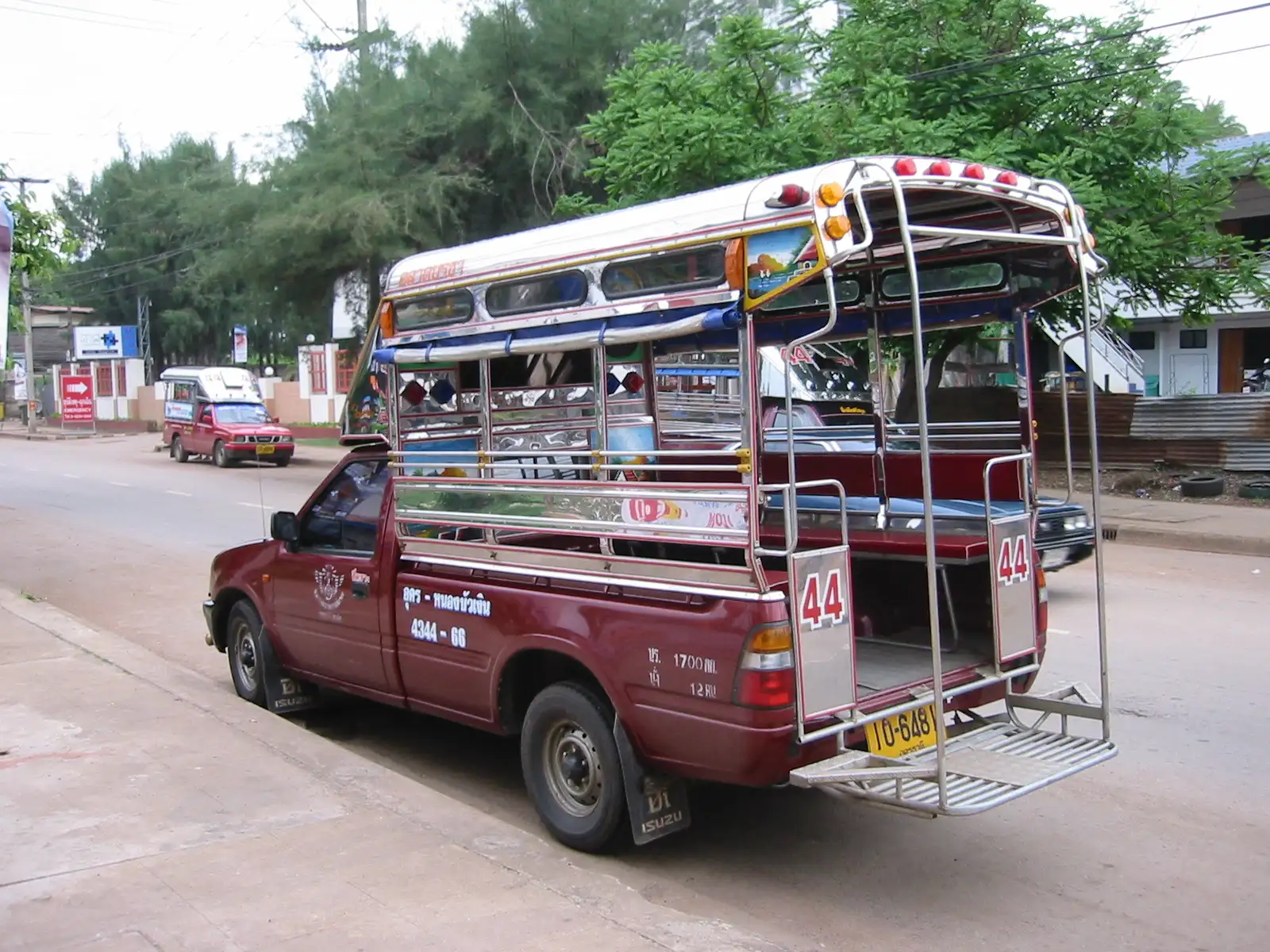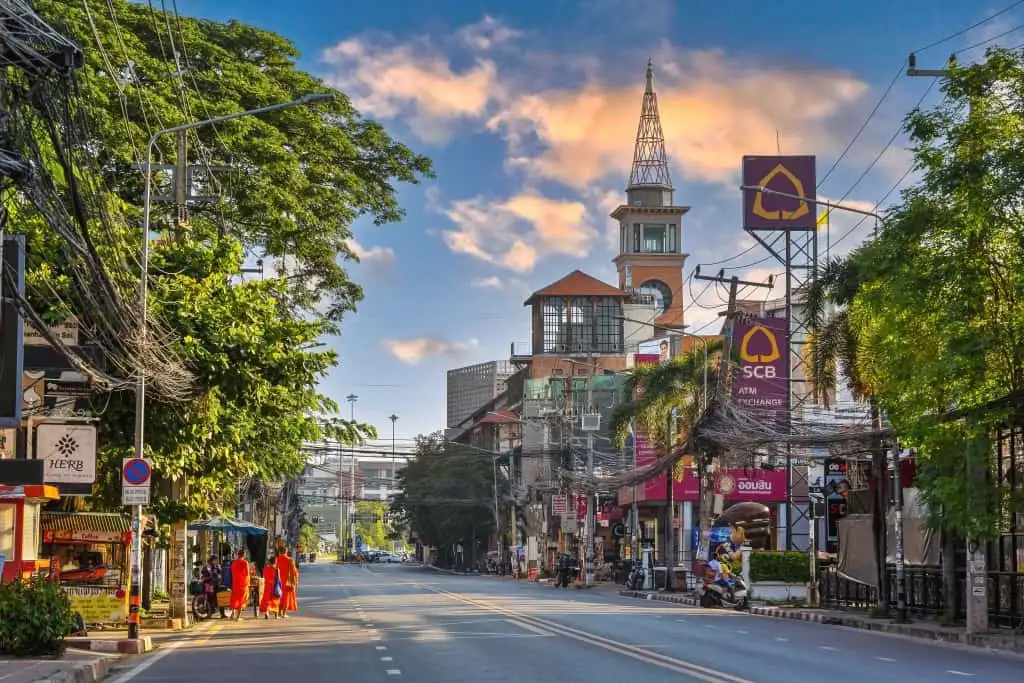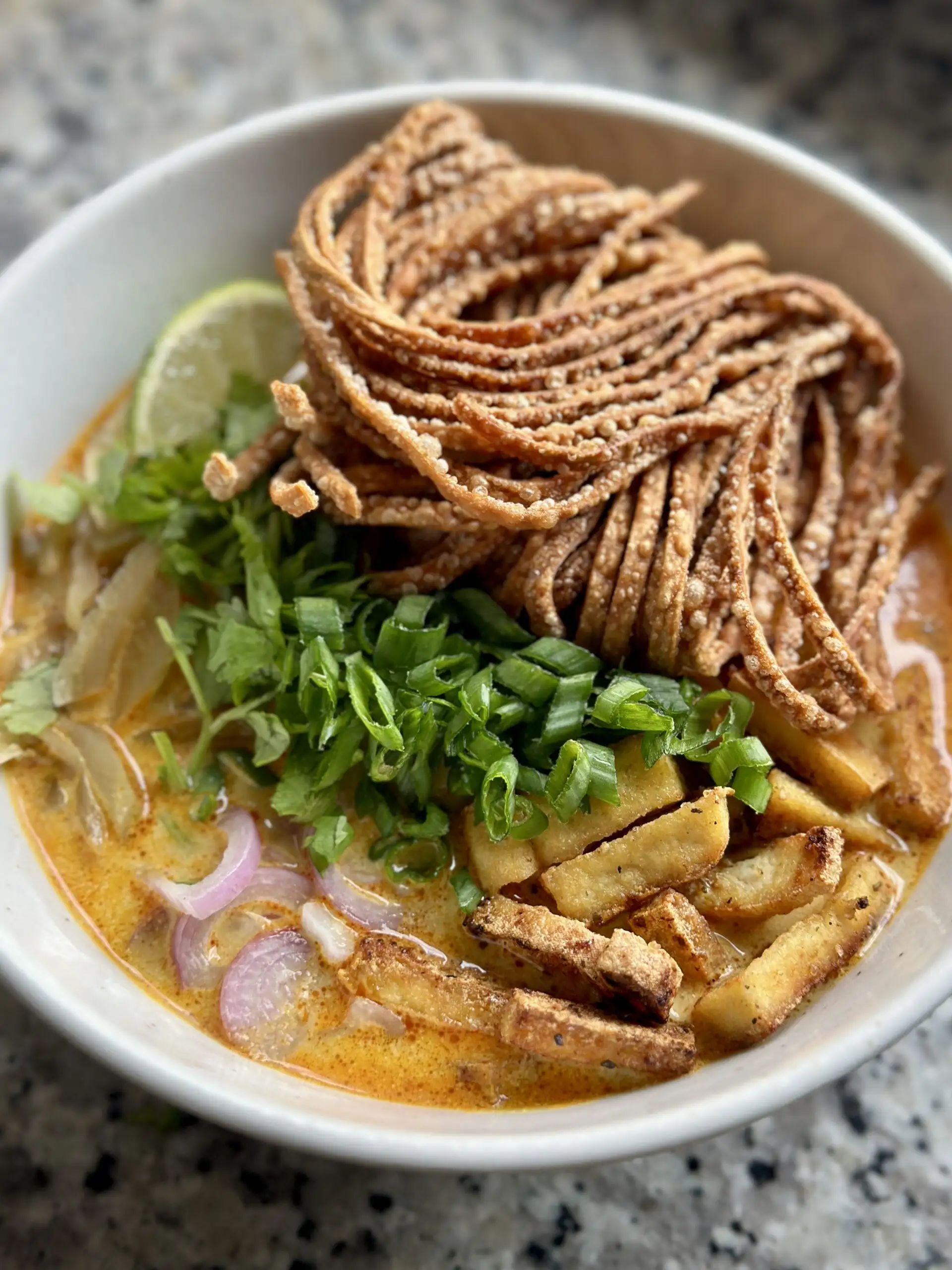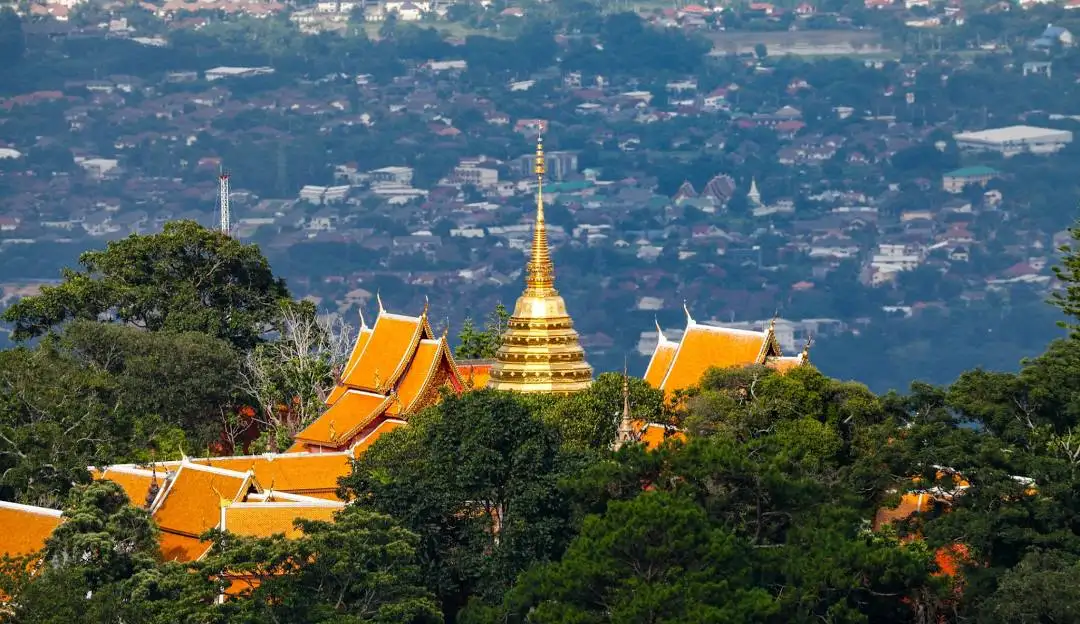Chiang Mai, a cultural gem in northern Thailand, offers a unique blend of ancient temples, lush mountains, and a relaxed vibe that sets it apart from Thailand’s beach destinations or bustling capital. To truly experience Chiang Mai like a local, you need to dive into its everyday rhythms—eating at roadside stalls, navigating bustling markets, and connecting with the warm community. These travel tips will guide you to explore Chiang Mai authentically, from getting around to uncovering hidden spots loved by residents.
Choose the right time to visit
Timing your trip to Chiang Mai can make or break your experience. The cool season (November to February) is the sweet spot, with pleasant temperatures (15°C–30°C) and clear skies, ideal for temple visits or hiking. Locals celebrate festivals like Loy Krathong during this time, where rivers glow with floating lanterns—a magical event to join. The hot season (March to May) brings intense heat (up to 40°C), so focus on early morning or evening activities. The rainy season (June to October) offers lush scenery and fewer crowds, but pack for sudden showers. Visiting during shoulder months (October or March) balances weather and affordability.

Get around like a local
Chiang Mai’s compact layout makes it easy to navigate, but locals use specific transport to keep costs low and move efficiently. Songthaews, red shared pick-up trucks, are the backbone of city travel. Hop on for 20–40 THB, confirm your destination with the driver, and enjoy the breeze. For freedom, rent a scooter (150–250 THB per day) to explore the Old City’s narrow lanes or nearby countryside, but always wear a helmet and carry an international driver’s license. Grab rides (motorbike or car) are perfect for late-night trips or rainy days, starting at 50 THB. Skip tuk-tuks for long journeys—they’re fun but costlier (100–200 THB). For day trips to Doi Suthep or Chiang Dao, book a private driver (1,500–2,000 THB per day) or join a small group tour to save money.

Live in local neighborhoods
To feel the city’s pulse, stay in neighborhoods where locals hang out. Nimmanhaemin Road (Nimman) is a hotspot for boutique guesthouses and trendy cafes, frequented by Chiang Mai’s artists and students. Expect to pay 600–1,500 THB per night for a stylish room. For a quieter stay, Santitham offers budget hostels and apartments (400–800 THB per night) near local eateries. Riverside areas like Wat Ket provide serene homestays (800–2,000 THB) close to Warorot Market. Book through Agoda or Airbnb for deals, or try a village homestay in Mae Rim for an immersive experience with home-cooked meals (1,000–1,800 THB). Avoid generic chain hotels near tourist hubs for a more authentic vibe.

Dine at local haunts
Chiang Mai’s food is a highlight, and locals skip fancy restaurants for street stalls and small shops. For khao soi, the city’s signature curry noodle dish, head to Khao Soi Arak or Khao Soi Mae Sai (40–60 THB per bowl). Jeh O Siriwat is a late-night favorite for spicy soups and crispy pork (50–100 THB). At North Gate Food Stalls, grab northern Thai dishes like sai ua (spicy sausage) or nam prik noom (green chili dip) for 20–80 THB. For a market vibe, Muang Mai Market serves fresh smoothies and grilled fish at local prices. Want to cook? Baan Thai Cookery School offers half-day classes (800–1,200 THB) to learn dishes like pad thai or larb. Always carry cash for street vendors, and don’t shy away from spicy flavors—locals love the heat.

Visit temples thoughtfully
With over 300 temples, Chiang Mai is a spiritual hub, and exploring them offers a glimpse into local life. Wat Phra That Doi Suthep, a mountaintop temple, is sacred to locals—visit at dawn for serenity and panoramic views (50 THB entry). In the Old City, Wat Chiang Man and Wat Lok Molee are less crowded, with intricate murals and peaceful courtyards. Dress respectfully (cover shoulders and knees), remove shoes, and lower your voice inside. Locals often make offerings (flowers or candles, 20–50 THB), and you can join in to show respect. For a deeper connection, try a monk chat at Wat Umong, where monks share Buddhist insights in English—free, though donations are appreciated.
Shop smart at Markets
Markets are Chiang Mai’s social hubs, and shopping like a local means embracing the chaos. The Saturday Walking Street on Wua Lai Road is perfect for silver jewelry and handwoven textiles—bargain politely for 10–15% off. Warorot Market is a daytime staple for dried mango, curry pastes, and cheap clothing (50–200 THB). For fresh produce, locals head to Thanin Market, where you can snag tropical fruits like rambutan for 30–60 THB per kilo. Avoid touristy souvenirs; instead, buy Lanna-style bags or bamboo crafts from small stalls. Carry small bills (20–100 THB) for quick transactions, and smile while negotiating—it goes a long way.
Adventure in nature
Chiang Mai’s mountains and jungles are a local playground. Rent a bicycle (80–150 THB per day) to pedal through Huay Tung Tao Lake, a chill spot for picnics. For trekking, locals recommend Doi Pui or Mae Sa Valley trails—book with ethical operators like Eco Trek Tours (1,200–2,500 THB) to visit hill tribes respectfully. Adrenaline junkies can zipline at Jungle Flight Chiang Mai (2,500–3,000 THB) or raft on the Mae Taeng River (1,800 THB). Always check for eco-friendly tours to support conservation and avoid exploitative elephant camps.
Blend into the community
Chiang Mai’s locals are friendly, and small gestures help you connect. Learn basic Thai—“sawasdee ka/khap” (hello) or “aroi” (delicious)—to spark smiles. Join events like Yi Peng (lantern festival) or visit MANA Co-Working Space to meet freelancers and locals. Short-term volunteering, like teaching at a community center via Volunteer Thailand (500–1,000 THB for board), offers a deeper dive into daily life. Respect cultural norms: don’t point with your feet, and ask permission before photographing people.
Practical essentials
- Daily Budget: Budget travelers can manage on 800–1,500 THB per day; mid-range travelers need 2,000–3,500 THB.
- Connectivity: Grab a DTAC or AIS SIM at the airport (200–400 THB for 15 days of data).
- Safety: Stick to bottled water, apply mosquito repellent, and get vaccinated for typhoid if staying long.
- Etiquette: Avoid public displays of anger, and bow slightly when greeting elders.
Exploring Chiang Mai like a local means embracing its markets, temples, and natural beauty with curiosity and respect. From savoring khao soi at a roadside stall to cycling through rice fields, these tips unlock the city’s authentic charm. Plan thoughtfully, engage with the community, and let Chiang Mai’s warmth and culture leave a lasting impression.

